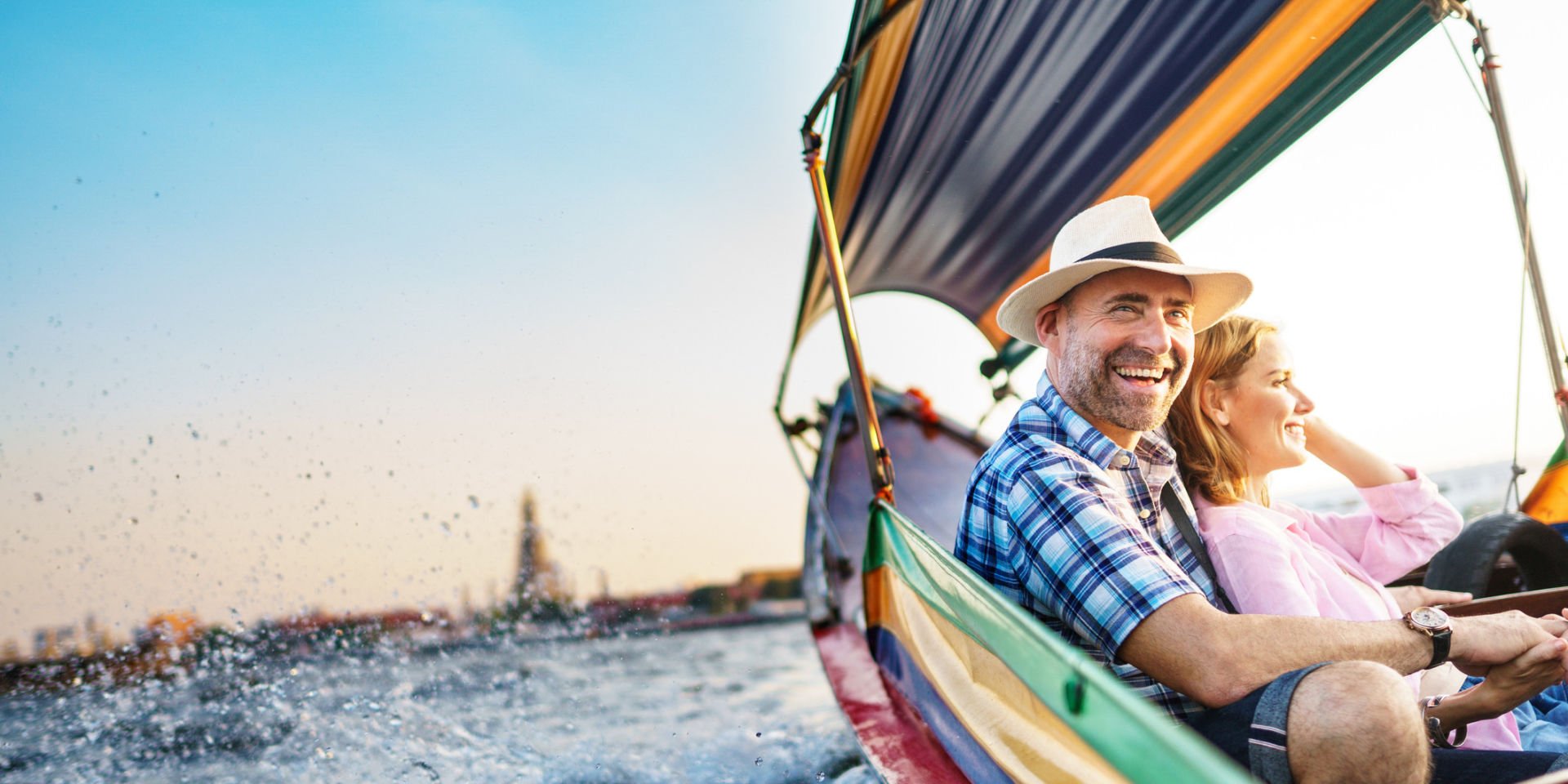South American Tours for Seniors: Embark on a journey tailored for mature travelers seeking enriching experiences. This guide explores the vibrant landscapes, captivating cultures, and accessible adventures South America offers senior citizens. We’ll delve into ideal destinations, diverse itineraries catering to various activity levels, and practical considerations for a safe and unforgettable trip.
From the majestic Andes Mountains to the Amazon rainforest and the stunning beaches of the Pacific coast, South America presents a diverse range of experiences perfect for those seeking adventure, relaxation, or a blend of both. We will guide you through choosing the right tour type, accommodation, and transportation options, all while considering the unique needs and preferences of senior travelers. We will also address safety, health, and cultural considerations, ensuring you are well-prepared for a seamless and enjoyable journey.
Safety and Health Considerations
Planning a South American adventure as a senior traveler requires careful consideration of potential health and safety risks. The diverse climates, varying levels of infrastructure, and sometimes unfamiliar cultural norms can present unique challenges. Proactive planning and preparation are key to ensuring a safe and enjoyable trip.
South America offers incredible experiences, but seniors should be aware of specific health concerns. Altitude sickness can be a significant issue in the Andes, affecting breathing and causing headaches and nausea. Food and waterborne illnesses are also a risk, especially in less developed areas. Mosquito-borne diseases, like Zika and Dengue fever, are prevalent in many regions. Pre-existing conditions, such as heart disease or respiratory issues, can be exacerbated by the climate and physical activities. Furthermore, petty theft is a concern in many tourist areas, requiring vigilance regarding personal belongings.
Health Risks and Mitigation Strategies
Addressing potential health risks involves proactive measures before, during, and after your trip. Before departure, consult your physician regarding necessary vaccinations and medications, especially considering pre-existing conditions. Pack a comprehensive first-aid kit including any personal medications. Gradual acclimatization to altitude is crucial if you plan on visiting mountainous regions. Staying hydrated and consuming safe food and water is paramount. This includes using bottled water or purifying water sources, and choosing well-cooked food from reputable establishments. Insect repellent with DEET is essential for protection against mosquito-borne diseases. Packing comfortable, supportive footwear is also vital for navigating varied terrains.
Travel Insurance for Senior Travelers
Comprehensive travel insurance is not merely recommended; it’s essential for senior travelers. A robust policy should cover medical emergencies, including evacuation and repatriation, which can be especially costly in remote areas. It should also include coverage for trip cancellations or interruptions due to unforeseen circumstances, such as illness or injury. Look for policies that offer 24/7 emergency assistance services, including medical advice and support. Consider adding coverage for lost or stolen luggage and personal belongings. Compare policies from reputable insurers to find one that meets your specific needs and budget, ensuring adequate coverage for medical expenses and potential emergency situations.
Emergency Contact Numbers and Resources
Having access to reliable emergency contacts and resources is crucial for peace of mind. While specific numbers may vary by country, it’s essential to research local emergency services before your trip. Familiarize yourself with the local emergency number (often similar to 911 in the US). Consider keeping a list of your embassy or consulate’s contact information. Many travel insurance providers offer 24/7 emergency assistance hotlines. Additionally, it’s beneficial to inform a family member or friend of your itinerary and expected check-in points. Having a readily accessible list of these contacts can prove invaluable in the event of an emergency.
Cultural Considerations and Etiquette
South America is a diverse continent, and understanding the cultural nuances of your chosen destinations is crucial for a smooth and enjoyable trip. Senior travelers, in particular, may benefit from advance preparation to ensure a respectful and positive experience. This section outlines key cultural considerations and etiquette guidelines to help you navigate your South American adventure.
Respectful interactions are paramount across South American cultures. While specific customs vary regionally, demonstrating politeness and consideration goes a long way in fostering positive relationships with locals.
Communication and Language
Language barriers can present challenges, but with a little preparation, you can overcome them. While Spanish is widely spoken across much of South America, Portuguese is the official language of Brazil and other languages exist in certain regions. Learning basic Spanish or Portuguese phrases such as “Buenos días” (good morning), “Gracias” (thank you), and “Por favor” (please) will be greatly appreciated and can significantly enhance your interactions. Consider using translation apps or carrying a phrasebook. It’s also helpful to be aware of non-verbal communication; for example, direct eye contact can be interpreted differently across cultures. A friendly smile and open posture are generally well-received.
Greetings and Social Interactions
In many South American countries, greetings are more formal than in some other parts of the world. A handshake is the standard greeting for initial encounters, especially in business settings or with older people. In more casual settings, a warm embrace or kiss on the cheek (usually one or two, depending on the region) may be customary. When speaking to someone, address them formally using “Señor” (Mr.), “Señora” (Mrs.), or “Señorita” (Miss) until invited to use their first name. Showing patience and understanding is essential when communicating; South Americans generally value taking time for conversation and building relationships.
Dining Etiquette
Dining customs vary across South America, but some general guidelines apply. Meals are often social occasions, and it’s considered polite to engage in conversation with your dining companions. It’s common for meals to be served family-style, with dishes placed in the center of the table for everyone to share. Using a knife and fork is standard, and it’s considered good etiquette to wait for everyone to be served before beginning your meal. Tipping is generally customary, with 10-15% being typical in restaurants.
Respecting Local Customs and Traditions
Senior travelers should be mindful of local customs and traditions, which vary significantly across the continent. Researching the specific customs of your destinations beforehand will help you avoid unintentional faux pas. For example, understanding the significance of certain religious holidays or local festivals can add depth to your travel experience. Dressing modestly, especially when visiting religious sites, is generally appreciated. Remember that showing respect for local customs demonstrates cultural sensitivity and fosters positive interactions with the community.
Last Recap
Planning a South American adventure as a senior doesn’t have to be daunting. With careful consideration of your preferences, physical capabilities, and a well-researched itinerary, you can unlock a world of breathtaking sights, cultural immersion, and unforgettable memories. This guide provides a comprehensive framework for planning your perfect South American tour, ensuring a safe, enriching, and fulfilling experience. Remember to prioritize your health and comfort, embrace the local culture, and savor every moment of this extraordinary journey.




